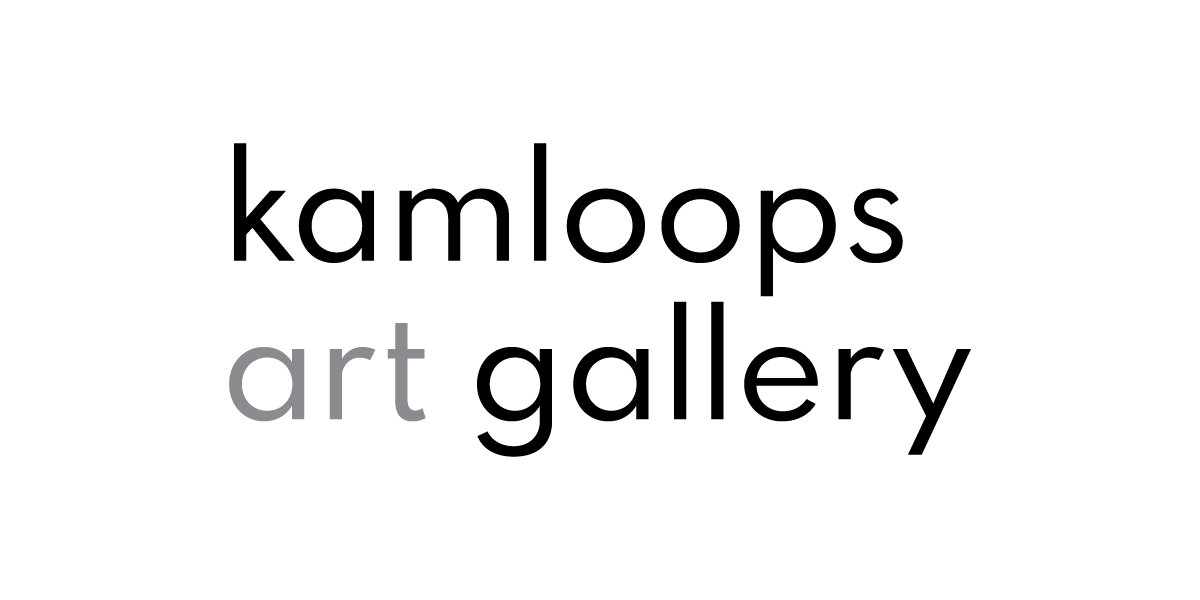Camille Georgeson-Usher
(Coast Salish-Sahtu Dene-Scottish)
Galiano Island BC, unceded Penelakut, Lamalcha, and Hwlitsum Territories / ceded territories of the Tsawwassen First Nation, 1990
Currently based in Tkaronto, Mississaugas of the Credit, Hodinöhsö:ni’, Anishinabewaki ᐊᓂᔑᓈᐯᐗᑭ, and Wendake-Nionwentsïo Territory
through, between oceans part 2
2020
Beaded fishing net
Collection of the Artist
Camille Georgeson-Usher is a Coast Salish-Sahtu Dene-Scottish scholar, artist and writer from Galiano Island, British Columbia, unceded Penelakut, Lamalcha, and Hwlitsum Territories / ceded territories of the Tsawwassen First Nation. Usher completed her MA in Art History at Concordia University, focusing her research on how the arts may be used as a tool to engage Indigenous youth in discussions of health and sexuality, drawing predominantly on the work of Qaggiavuut!, an Arctic performing arts group. She is currently a PhD candidate in the Cultural Studies department at Queen’s University and has been awarded the Joseph-Armand Bombardier Canada Graduate Scholarships-Doctoral for her research-creation work around urban Indigenous experiences within Indigenous arts collectives and other groups activating public spaces through gestures both little and big. She has been awarded the 2018 Canadian Art Writing Prize and has been lucky to develop her installation-based artistic practice through acts of love and care in collaboration with filmmaker Asinnajaq (Isabella Weetaluktuk).
Rachel Kiyo Iwaasa performing Camille Georgeson-Usher’s through, in between oceans part 2 (2020)
Performed 8 November 2020
8 minutes, 28 seconds
through, in between oceans part 2 by Camille Georgeson-Usher is a beaded installation, completed during the isolation of the Spring 2020 pandemic. The artist worked from home in Toronto, a departure from her intention to spend several months on Galiano Island, BC, where she was raised. This time had been set aside to spend time and learn with her family, and to allow the work to unfold as stories were shared. Instead, Georgeson-Usher improvised by fashioning a beadwork net to be viewed from below speaking to an awkwardness that searching for knowledge and learning often entails. The iridescent blue, green and sparingly used red beads shimmer overhead, their threads trailing off in space. Diamond-shaped absences are drawn in the air, the installation evoking the unfinished dialogue between generations of women separated by time and geography.
Rachel Kiyo Iwaasa, encountering the beadwork in the gallery, remarked on the Japanese Buddhist nenju, or prayer beads, and how she had learned that the set of nenju she inherited had sections missing. A shared experience of familial gaps, silences and ellipses informs Iwaasa’s interpretation of through, in between oceans part 2, developed in conversation with Georgeson-Usher and recorded at the School of Music’s Roy Barnett Hall on Sunday, November 8, 2020, during the exhibition of Soundings: An Exhibition in Five Parts at the Morris and Helen Belkin Art Gallery (September 8-December 6, 2020).
Resources for Further Research
Additional information and writings about Camille Georgeson-Usher, compiled by the Morris and Helen Belkin Art Gallery team.
Watch Camille Georgeson-Usher’s presentation at the Digital Arts Services Symposium 2019
Read the 2018 Canadian Art Writing Prize jury’s comments on Camille Georgeson-Usher
Suggested Further Reading
Georgeson-Usher, Camille. “All that Moves us: Bodies in Land.” Museums, Sexuality, and Gender Activism. Edited by Amy K. Levin and Joshua Adair. London, UK: Taylor and Francis Group, 2018. 145-153.
Georgeson-Usher, Camille. “If the Body is an Assembly, how does it Assemble?” Canadian Art 36, no. 4 (Winter, 2020): 72.
Camille Georgeson-Usher, through, in between oceans part 2, 2020, beaded installation. Collection of the artist. Installed at the Morris and Helen Belkin Art Gallery, University of British Columbia. Photo: Rachel Topham Photography.







